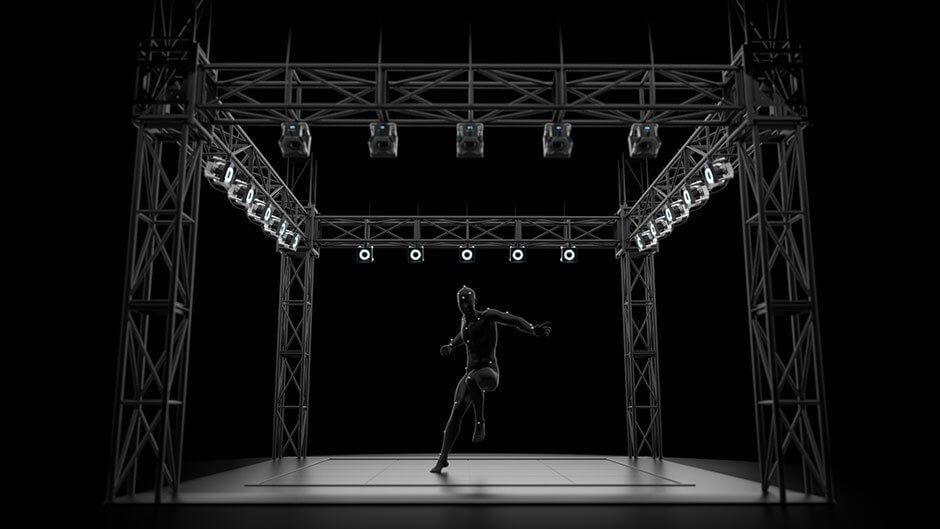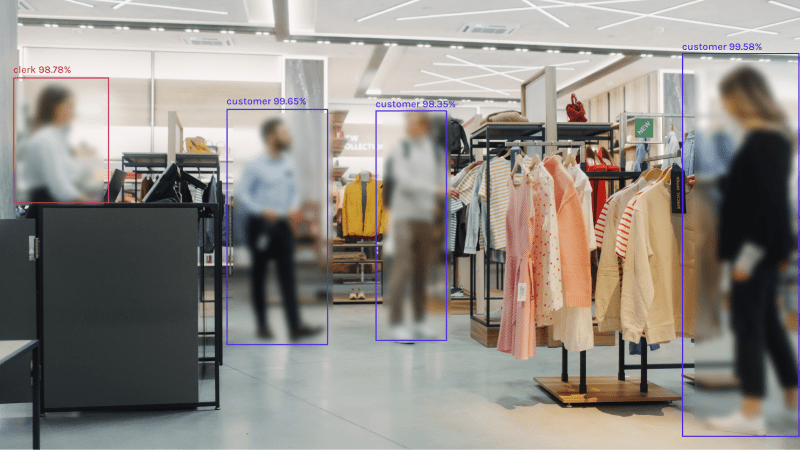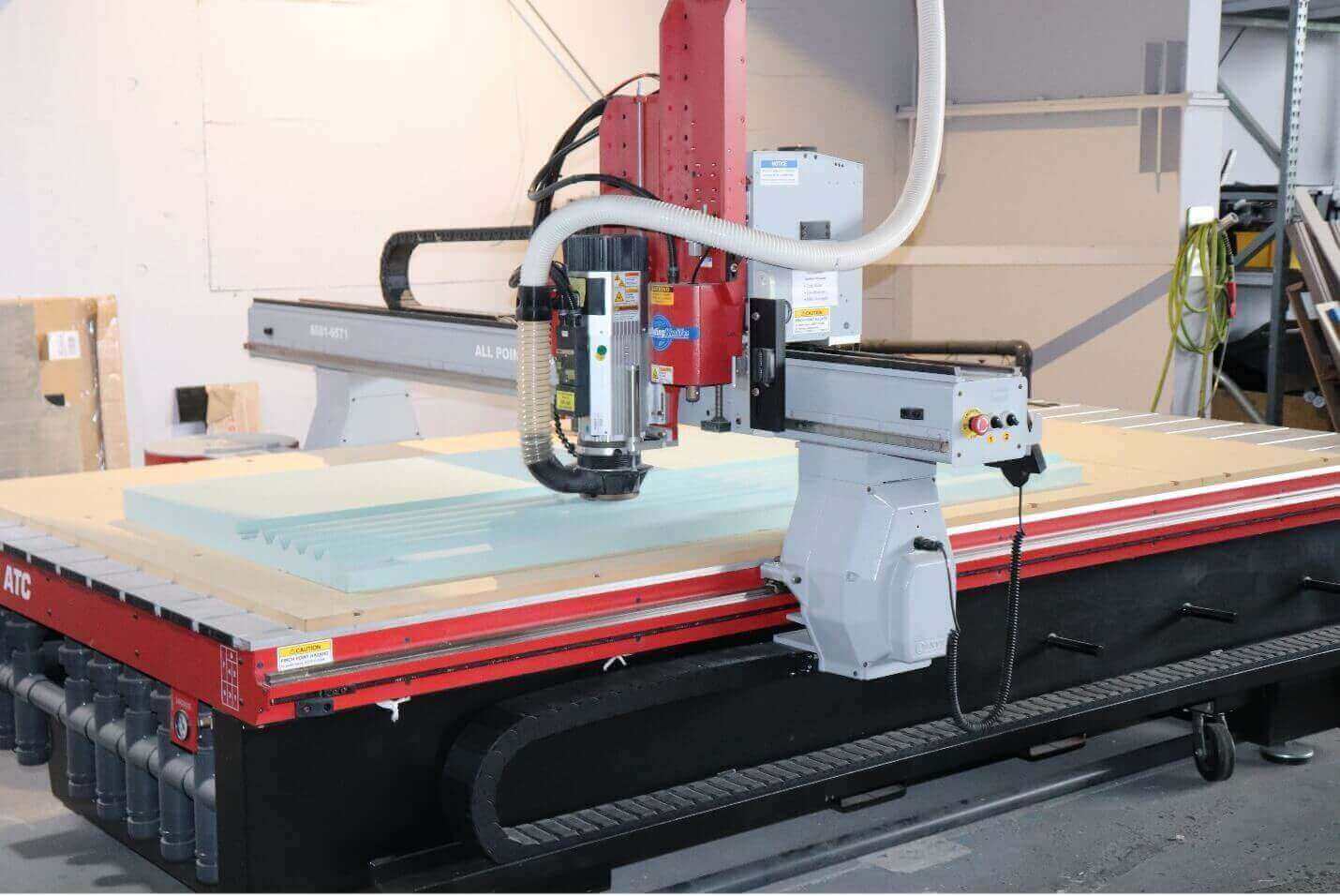How to Get Started with Motion Capture: Essential Tips for Beginners

Motion capture, often abbreviated as mocap, is a fascinating technology that records the movement of objects or people. It is widely used in the entertainment industry, particularly in films, video games, and animation, to create realistic animations that mimic real-life movements. For beginners interested in exploring this innovative technology, getting started with motion capture can seem daunting due to the complexity of the systems and the variety of equipment available. However, anyone can start using a motion capture system with the right guidance and understanding. Here are essential tips for beginners on how to get started with motion capture.
1. Understand the Basics of Motion Capture
It’s crucial to understand what motion capture is and how it works. Motion capture systems record the movement of objects or individuals using cameras or sensors to capture data, which is then translated into animations on a digital model. There are different types of motion capture, including optical (which uses cameras and markers) and non-optical (which relies on sensors). Each type has its advantages and applications, so researching and understanding these can help you determine which system suits your project needs.
2. Identify Your Project Requirements
Consider what you need from a motion capture system. Are you creating a video game, an animated movie, or using mocap for live performances? Your project’s scope will significantly influence the type of motion capture system you need. For instance, high-end optical systems are ideal for detailed facial and finger movements, commonly required in movies and video games. Conversely, simpler sensor-based systems might suffice for broader body movement tracking in live performances or virtual reality applications. Understanding your project’s requirements will help you narrow down your options and focus on systems that provide the relevant features.
3. Set a Budget
Motion capture technology varies widely in price, with professional 3D motion capture system prices reaching into the tens of thousands of dollars, while more accessible options are available at lower costs. Setting a realistic budget is crucial. Remember to account for all potential expenses, including software, additional hardware, and possible upgrades. For those on a tighter budget, considering used motion capture equipment can be a cost-effective solution. It’s also beneficial to research the total cost of ownership, including maintenance and software subscriptions, to ensure the system remains affordable in the long term.
4. Research Motion Capture Systems
With a clear understanding of your needs and budget, begin researching motion capture systems. Look into different brands and models, focusing on their features, limitations, and compatibility with other equipment. Reading reviews and watching tutorial videos can also provide valuable insights into the systems’ real-world applications and ease of use. Pay attention to the system’s scalability, as your needs may evolve. For beginners, it may be advantageous to start with a more straightforward, less expensive system that offers the option to add more sensors or cameras later.
5. Consider Space and Setup Requirements
The physical space you have available will also dictate the type of motion capture system you can accommodate. Optical systems, for example, require a controlled environment with specific lighting conditions and enough space for the cameras to capture movement from multiple angles. Conversely, sensor-based systems are more flexible and can be used in various settings but may have different accuracy and detail levels. Assess your available space and consider how you can set it up to meet the requirements of the motion capture system you choose. This might involve adjustments to lighting, investing in backdrops, or rearranging the area to create an optimal recording environment.
6. Invest in Quality Equipment
While budget constraints are understandable, investing in quality motion capture equipment is crucial for obtaining reliable and accurate data. This doesn’t necessarily mean purchasing the most expensive system on the market but rather ensuring that the equipment you choose is reputable and capable of meeting your project’s demands. Quality equipment will not only yield better results but also stand up to regular use, making it a worthwhile investment. Consider reputable brands known for their durability and performance, and don’t compromise on critical components that could affect the system’s overall effectiveness.
7. Learn the Software
Motion capture systems come with specialized software to capture, process, and export the data. Spending time learning how to use this software efficiently is essential. Many systems offer tutorials, online courses, or customer support to help new users. Understanding the software’s capabilities, limitations, and how it integrates with other animation or editing software you might be using is crucial for a smooth workflow. Dedicate time to practice and experiment with the software to become proficient in using it for your projects.
8. Practice and Experiment
As with any new technology, practice is key to mastering motion capture. Start with simple projects to familiarize yourself with the setup, recording, and data processing. Experiment with different types of movements, distances, and angles to understand how your system responds and what it captures best. This hands-on experience is invaluable and will help you troubleshoot potential issues, refine your technique, and ultimately, make the most of your motion capture system.
Conclusion
By understanding the basics, setting clear project requirements, investing in quality equipment, and continuously learning and experimenting, beginners can effectively harness the power of motion capture technology. For those looking to purchase motion tracking systems or expand their existing setup, Gearsource offers a wide selection of equipment to meet various needs and budgets. From motion capture equipment to the latest in 3D motion capture systems, find everything you need to bring your projects to life. Visit Gearsource today to explore our inventory and take the first step towards mastering motion capture technology.





